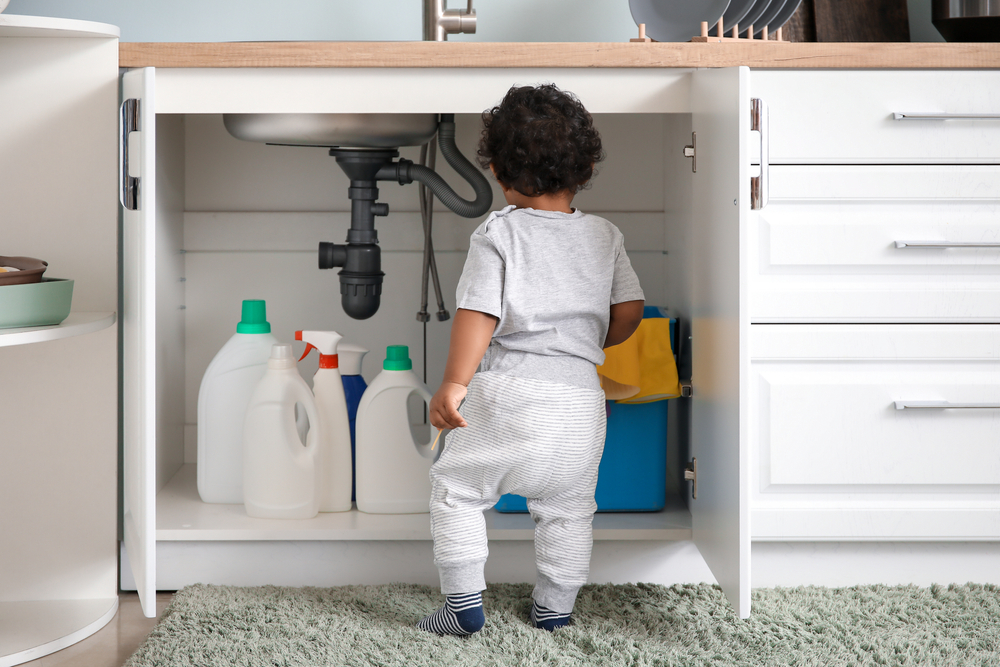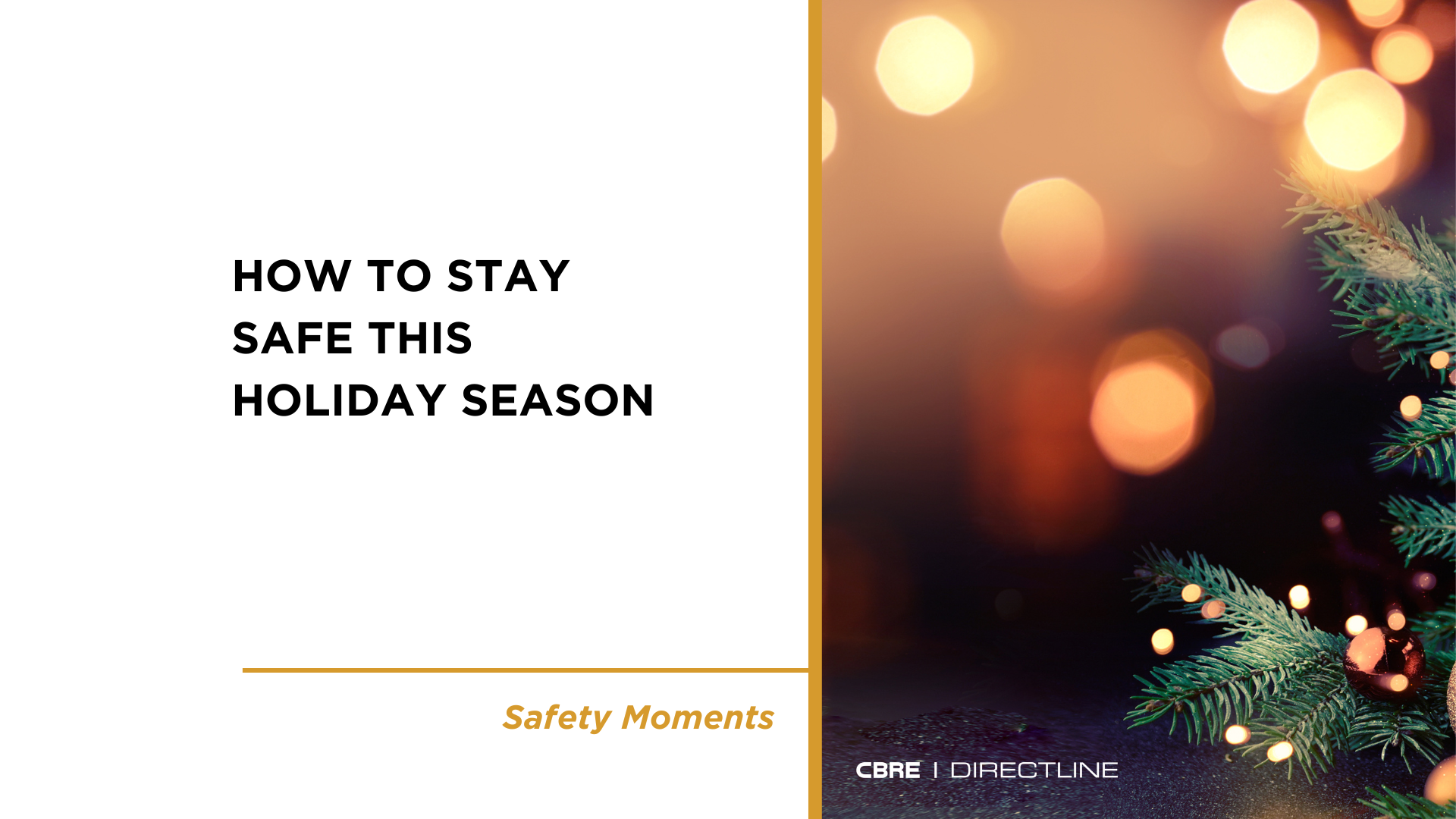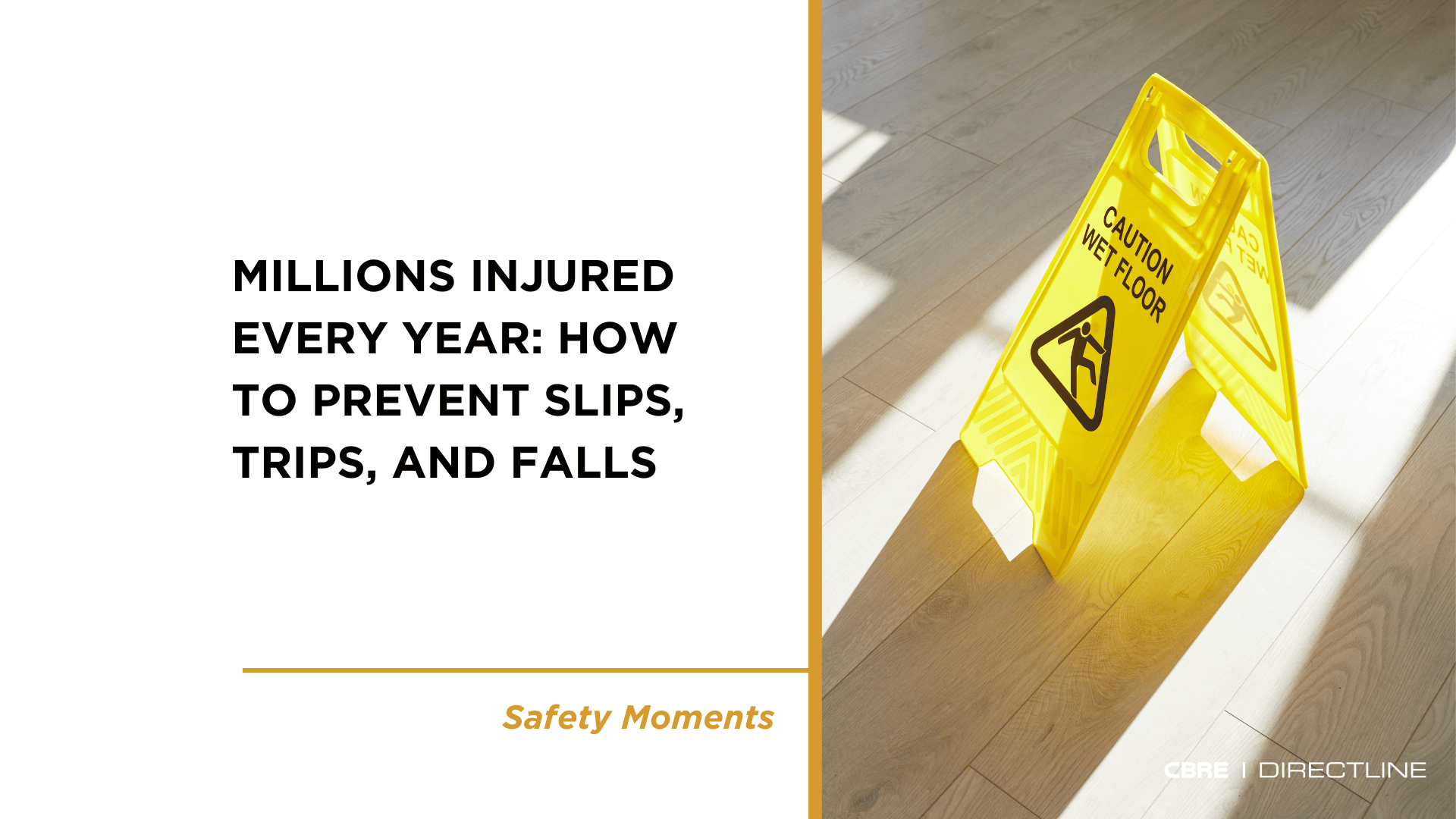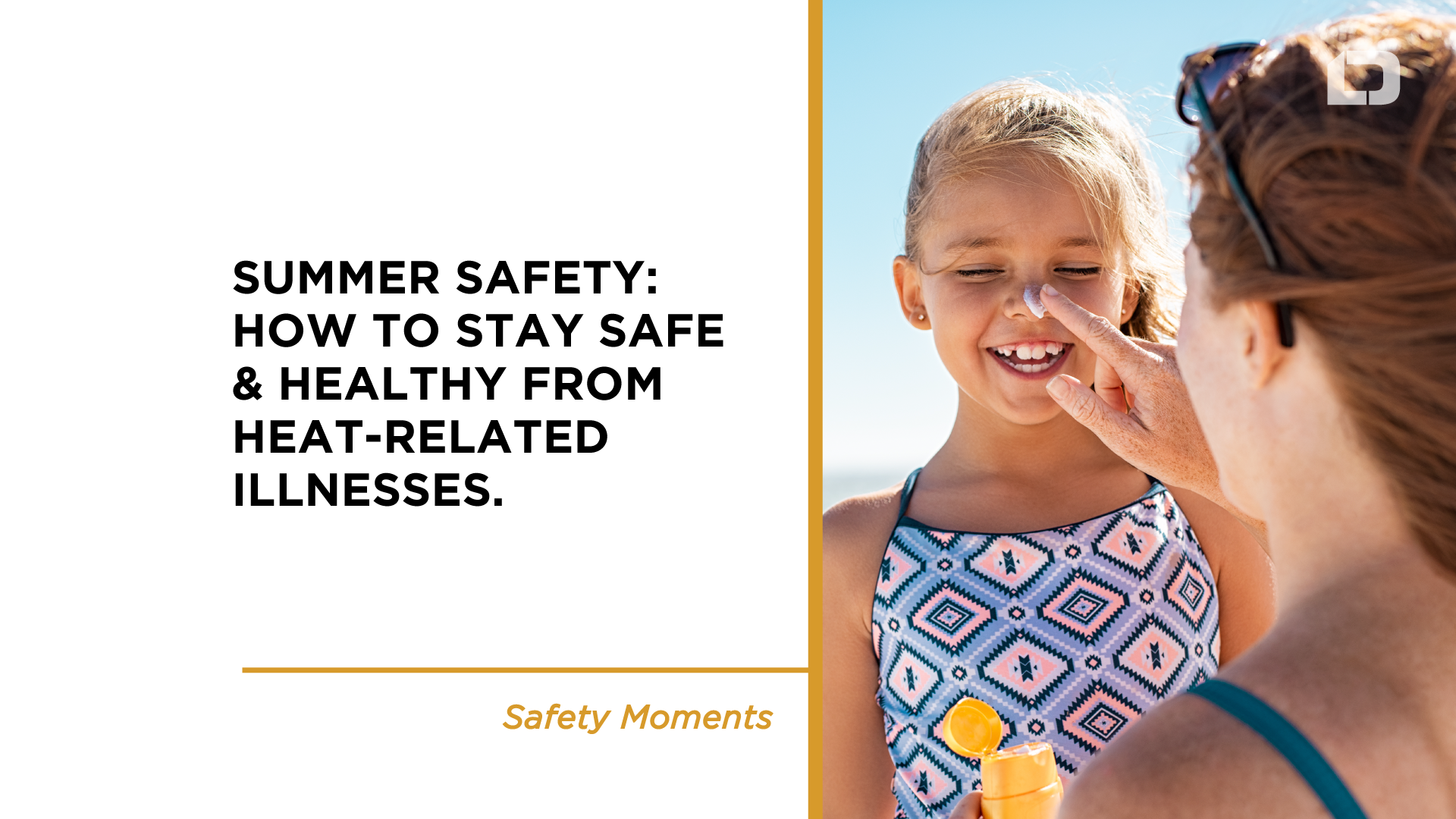Stay Safe at Work and at Home
Preventable injuries, commonly known as “accidents,” are the fourth leading cause of U.S. deaths.
Join us in observing National Safety Month as we work together to highlight leading causes of preventable injury and death so people can live their lives to the fullest.
Being safe means being alert - all the time
Even in familiar surroundings, we need to constantly be looking for dangers around us throughout our day. Keeping an eye out for hazards can help you identify and avoid them before an injury occurs. Looking at the world through this safety lens can help you protect yourself and those around you.
Watch where you’re going!
Distracted walking is on the rise for people of all ages – with so many things competing for our attention, safety needs to be a priority.
- Check emails and send texts before you start walking.
- Duck into a doorway or move off to the side to make a call, send a text, or answer emails.
- Never cross the street while using an electronic device and make sure you can hear traffic and sounds around you.
- Scan ahead for cracks on the ground, spills, or changes in elevation.

Protect the older adults in your life
Falls are a leading cause of death for older adults. There are changes we can make to protect ourselves at any age.
- Use non-skid mats or appliques in the bath and shower.
- Install grab bars in the tub, shower, and near the toilet, and make sure stairs have railings.
- Provide adequate lighting in every room and stairway.
- Place nightlights in the kitchen, bathroom, and hallways.
- Keep often-used items like clothing and food easily accessible to avoid using stools or ladders.
- If necessary, provide older adults with personal walking devices such as canes or walkers.
- Clear your floor – remove clutter, small furniture, pet gear, electrical cords, throw rugs, and anything else that might cause someone to trip.
Watch out for hazards you can’t see
Not all hazards are obvious or visible, but they can be just as dangerous as traditional risks. Be sure to take care of yourself so you can keep others safe.
- Prioritize your mental health by maintaining healthy routines and reaching out to others when needed.
- Ask your doctor about alternatives to opioid pain management and seek assistance if you or a loved one is struggling with medication misuse.
- Aim for seven to nine hours of sleep each day – keep fatigue at bay by sticking to a sleep schedule, creating a comfortable bedroom setup, and avoiding alcohol, caffeine, and screens before bed.
- Avoid repetitive motions that can cause your body pain and get checked out right away if you are hurting – take breaks when using your computer, phone, or gaming systems.
- Use the 20-20-20 rule for screen time – for every 20 minutes spent looking at a screen, look at something 20 feet away for 20 seconds to give your eyes and brain some rest.
- Use the 20-20-20 rule for sitting – for every 20 minutes spent sitting, take 20 seconds or more to get up, walk 20 feet away to get a water break, look out a window, stretch your body, or chat with someone.
Protect the children in your life
Many child injuries and deaths happen at home. Parents or guardians should be on the lookout for potential sources of injury.
- Supervise kids around any type of water, including in the bathroom, kitchen, swimming pools, and hot tubs.
- Make sure kids stay far away from heat or flames, including in the kitchen, near a fireplace, or at a barbeque grill.
- Store toxic substances safely – check for substances under the kitchen sink, in the medicine cabinet, in the garage or garden shed, in a purse, or in other places where medications are stored.
- Watch for potential fall hazards, including on stairs, slippery floors, from high windows, or from tipping furniture.

Stay safe on the roads
Our roads pose some of the biggest risks we face each day, whether we’re driving, riding, or simply walking across the street. Use these tips to make sure you and everyone else on our roads get to where they’re going safely.
- Obey the speed limit and drive for the conditions, including reducing your speed in poor weather and work zones.
- Never drive impaired, whether it’s from alcohol, cannabis, or opioids, fatigue, stress, or mental distress.
- Avoid all forms of distraction behind the wheel, from calls and texts to vehicle screens and snacks.
- Have every occupant buckle up appropriately, in every seat and on every drive.
- Always wear the proper helmet when riding on bicycles, scooters, and motorcycles.
Take safety with you
Wherever you are, consider the hazards unique to the location. A fun outing could turn stressful quickly if you are injured.
- Going to a ball game – watch for foul balls.
- Heading to a concert – consider earplugs, and check for cables that may run along floors.
- Visiting somewhere new – designate a meeting place in case you get separated.
- Whether in your home or visiting others, be aware that seemingly harmless electronic devices (remote controls, keyless entry devices, toys, watches, and more) may contain coin lithium batteries or “button batteries” which can cause serious injury or death if swallowed.
For more information visit these links:
OSHA Hazard Identification Training Tool: https://www.osha.gov/hazfinder/
NSC Avoid medication mishaps: https://www.safetyandhealthmagazine.com/articles/22875-avoid-medication-mishaps
NSC Outdoor Workers Guide: https://www.safetyandhealthmagazine.com/articles/22739-poisonous-plants-venomous-animals-outdoor-workers
NSC Office Safety Tips: https://www.safetyandhealthmagazine.com/articles/recognizing-hidden-dangers-25-steps-to-a-safer-office-2
YOUR SAFETY & HEALTH MATTER, BOTH ON AND OFF THE JOB. YOU ARE AN IMPORTANT PART OF DIRECT LINE.








